Release date:2021, December 24
Duration:12 h 09 m
Author:Kamel Khezri
Skill level:Beginner
Language:English
Exercise files:Yes
Hey folks, I’m very glad to bring you our new online course “the ultimate introduction to Arnold 6 for Cinema 4d“.
It’s a 729 minutes course, more than 12 hours, in 94 videos, every single minute is planned and thought for, there is no rambling, you get the top-notch quality you’ve come to expect from MographPlus.
Now let’s talk about the course itself,
Chapter 1: Introduction we start off the course by introducing Arnold for Cinema 4d, where to find different Arnold tools and functions, and walk you through the general workflow to get your job down with Arnold inside Cinema 4d.
Chapter 2: Sampling When working with Arnold, sampling and ray depth are the most important principles that you should be familiar with, that’s why we discuss them comprehensively in 42 minutes and in 8 lessons , we make sure you comprehend the core principles before moving on to more general topics like lighting and shading.
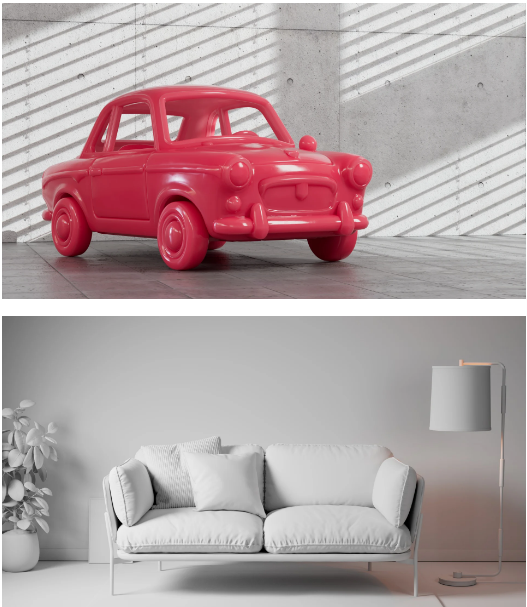 Sampling
Sampling
Chapter 3: Lighting The next section of the course is all about lighting, you learn about the fundamentals of lighting and different lighting techniques while learning about the vast and unique lighting tools that Arnold offers.
We learn about Area Lights, spot, distant and point lights, mesh and photometric lights.
We learn what are light filters and how to use them to direct lighting very specifically.
We talk about physical sky and image-based lighting, you learn how to approach interior and exterior lighting in Arnold for cinema 4d.
We learn about the amazing volumetric effects in Arnold, including Atmosphere Volume and fog.
And finally, we discuss how to use Arnold’s light manager to be able to manage all the lights in the scene in one single window.
The lighting section of this course is about 1 hour and 40 minutes in 13 lessons.
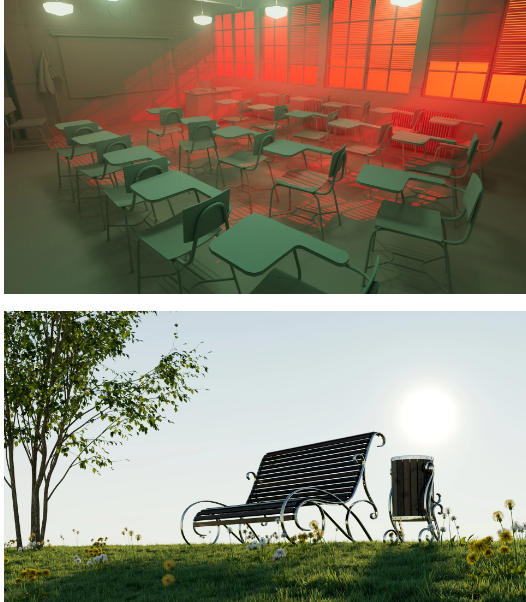 Lightning
Lightning
Chapter 4: Shading In this section we start talking about Arnold shaders and nodes. Not only you learn about all the specific Arnold shaders, but after watching this section, you will be equipped with the core shading fundamentals and cutting-edge techniques in shader development.
First, we get to know the Arnold Shader Network in depth, then we learn about the powerful Standard Surface Shader which is capable of creating all sorts of materials, we dedicated 9 in-depth videos to this shader.
Then we discover bump and displacement mapping in Arnold.
After that I will introduce you to a new simplified approach to shader creation, I will show you how to create some of the most daily shaders like plastic, wood, concrete, metals and so on.
You also learn how to create highly realistic Human Skin Shader using the Standard Surface Shader.
Standard Hair Shader will be covered in detail, it’s an easy to use, yet powerful shader…
We’ll be covering the robust Car Paint and Toon Shaders as well, we learn how to read and render Mograph and field colors and render them with Arnold.
Then we learn about Layer and mix, Flat, lambert, two-sided, color jitter, triplanar, RaySwitch, Ambient occlusion, curvature, shadow matte, utility, substance shader, color and utility nodes, math, conversion and shading state nodes and much more.
Hopefully after watching this section, you should be very comfortable developing complex shaders in Arnold.
The shading section of this course is about 4 and a half hours in 32 videos.
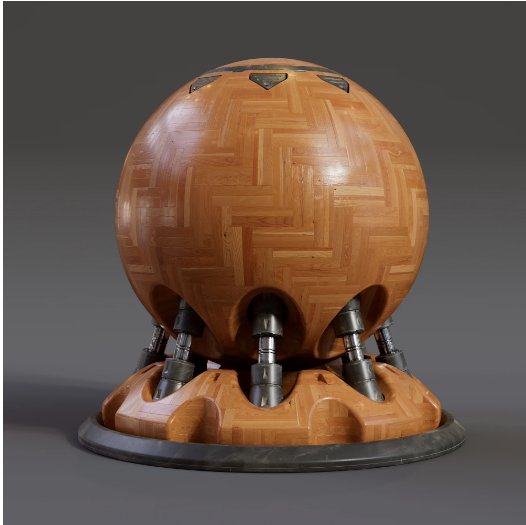 Shading
Shading
Chapter 5: Camera Then we learn all about Cameras, camera types, Depth of field, motion blur and everything that relates to working with cameras in Arnold.
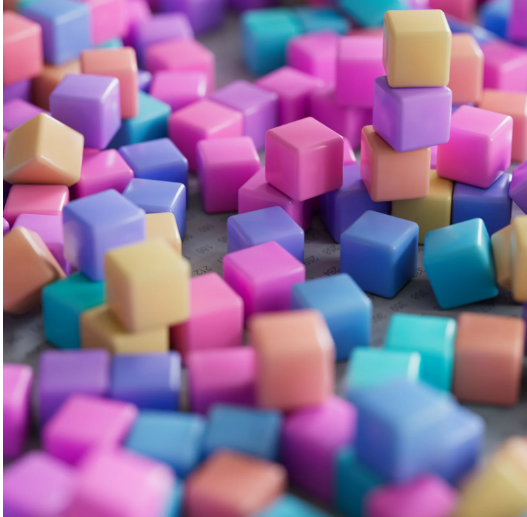 Camera
Camera
Chapter 6: Rendering This chapter is all about rendering with Arnold, first we discover the powerful IPR or Interactive Preview Render window.
Then we talk about GPU Rendering in Arnold and clear all the misconceptions about it, like why sometimes it takes so much time before GPU rendering starts and so on, Arnold’s implementation of GPU rendering is quite good as you can switch between CPU and GPU rendering flawlessly.
Then we talk about ACES, a system to manage color in all levels of the production, I will give you an overall understanding of what ACES is and does, then I share a few examples comparing ACES and the default color manger and show you why ACES is just way better.
Then we take a look at Arnold Driver and how to export still frames and animations with Arnold.
After that, we dive deep into the subject of AOVs. What are the AOVs that Arnold offers and how to save them out. we talk about custom AOVs, Global AOV Shaders, cryptomatte workflow, AOV light groups, and finally compositing AOVs in fusion will be covered, both the famous back to beauty composite with the essential AOVs and the Light Mix composite which let us to relight our scene completely after the render in a very easy manner.
After that we discover different render settings in Arnold including adaptive sampling, texture settings and TX manager.
We cover Nvidia’s real-time Optix denoiser and the Arnold’s own powerful post-render denoiser in-depth with a lot of comparative examples.
The rendering section of the course is about 2 hours and 35 minutes in 15 lessons.
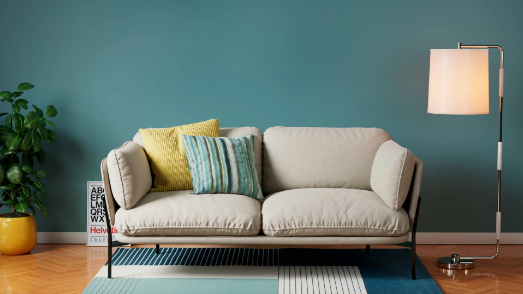 Rendering
Rendering
Chapter 7: Miscellaneous In the final chapter of the course, we take a closer look at Arnold Scatter Object, Arnold Parameters tag, Arnold scene export to USD and ASS files, and Arnold Procedurals.
Then we learn how to deal with particles and splines,.we also take a look at some of the very useful Arnold utilities.
And at last, we learn about Arnold volume, I show you all the steps you need to render openVDB files in Arnold and how to render realistic fire, smoke and explosion in Cinema 4d thanks to the Standard Volume shader.
 Miscellaneous
Miscellaneous
Chapter 8: What’s new In Arnold 6.1 and 6.2 In this section, we learn about all the new features that were added to Arnold 6.1 and 6.2 including Light Mix imager , Arnold and Optix Denoiser imagers, color correct, exposure, white balance, tonemap and lens effects imagers.
We also cover Nested Dielectrics and Render Selected Objects features.
Chapter 9: What’s new In Arnold 7.0 In this section, we learn about all the new features that were added to Arnold 7.0 including New ACES Workflow, Intel OIDN Denoiser imagers, Color Curves Imager, LUT-Based Tone Mapping and editing Arnold shaders in Cinema 4d’s native Node Editor.
Conclusion If you want to learn Arnold for Cinema 4d, this is the course to get, period,
we work really hard on our courses to assure the quality of them, you get an academically- orientated, well-structured course that will take you to the next level of your career as an artist.
01. Introduction 02. Where is Arnold in Cinema 4D 03. General Workflow 04. Setting Up ACES
02. Sampling05. Sampling and Camera Samples 06. Diffuse Samples 07. Specular Samples 08. Transmission Samples 09. SSS Samples 10. Diffuse Ray Depth 11. Specular Ray Depth 12. Transmission, Transparency, and Total Ray Depth
03. Lighting13. Area Light – Quad 14. Area Light – Point, Disc, Cylinder 15. Mesh Light 16. Spot Light 17. Distant Light 18. Photometric Light 19. Light Filters 20. Physical Sky 21. Arnold Sky – Interior Lighting, Portal Light 22. Arnold Sky – Image-Based Lighting 23. Atmosphere Volume 24. Fog 25. Light Manager and Light Groups
04. Shading26. Arnold Shader Network 27. Standard Surface – Base 28. Standard Surface – Specular 29. Standard Surface – Transmission 30. Standard Surface – Subsurface Scattering 31. Standard Surface – Coat 32. Standard Surface – Sheen 33. Standard Surface – Thin Film 34. Standard Surface – Emission 35. Standard Surface – Geometry, Advanced, ID 36. Bump, Normal Mapping, and Round Corners 37. Subdivision and Displacement Mapping 38. Standard Surface – How to Create Basic Shaders 39. Standard Surface – Human Skin 40. Standard Hair 41. Car Paint Shader 42. Toon Shader 43. Layer and Mix 44. Flat, Lambert, and Two-Sided 45. Color Jitter 46. Triplanar 47. Ray Switch 48. AO and Curvature 49. Shadow Matte 50. Substance Shader 51. Utility Shader 52. Clip Geo 53. Color, Conversion, Math, and Shading State 54. User Data Nodes 55. Utility Nodes 56. Texture Nodes and C4D Shaders 57. Reading Mograph and Field Colors
05. Camera58. Camera 59. Depth of Field 60. Motion Blur 61. Camera Types
06. Rendering62. IPR 63. GPU Rendering 64. ACES 65. Arnold Driver and Render Output 66. AOVs 67. Custom AOVs, Global AOVs, Cryptomatte 68. AOV Light Groups 69. Compositing AOVs in Fusion 70. Adaptive Sampling, Sample Clamping, and Filtering 71. Texture Settings and TX Manager 72. Advanced Settings 73. System Settings 74. OptiX Denoiser 75. Arnold Denoiser 76. Diagnostics
07. Miscellaneous77. Scatter Object 78. Parameters Tag 79. Scene Export and Procedurals 80. Particles and Splines 81. Utilities Menu 82. Arnold Volume
08. New in Arnold 6.1 and 6.2 (Update 1)83. What are Imagers 84. Imager – Light Mixer 85. Imager – Arnold Denoiser 86. Arnold Denoiser, Denoising AOVs 87. Imagers – OptiX Denoiser 88. Imagers – Color Correct, Exposure, and White Balance 89. Imager – Tonemap 90. Imager – Lens Effects 91. Render Selected Objects 92. Nested Dielectrics
09. New in Arnold 7.0 (Update 2)93. ACES Updates 94. Intel OIDN Denoiser 95. Imagers – Color Curves 96. LUT-based Tonemapping 97. Arnold Shaders in C4D – Node Material
[Gumroad] The Ultimate Introduction to Arnold 6 and 7 for Cinema 4D (Dec 24, 2021) by MographPlus.7z.001 [Gumroad] The Ultimate Introduction to Arnold 6 and 7 for Cinema 4D (Dec 24, 2021) by MographPlus.7z.002 [Gumroad] The Ultimate Introduction to Arnold 6 and 7 for Cinema 4D (Dec 24, 2021) by MographPlus.7z.003 [Gumroad] The Ultimate Introduction to Arnold 6 and 7 for Cinema 4D (Dec 24, 2021) by MographPlus_Subtitles.7z
The Ultimate Introduction to Arnold 6 For Cinema 4D01 0101_Introduction 0102_Project_Files 0103_Where_Is_Arnold 0104_General_Workflow 0105_Setting_Up_ACES
02 0201_Sampling_And_CameraSamples 0202_Diffuse_Samples 0203_Specular_Samples 0204_Transmision_Samples 0205_SSS_Samples 0206_Diffuse_Raydepth 0207_Specular_Raydepth 0208_Transmission_Transparency_Total_Raydepth
03 0301_Area_Light_Quad 0302_AreaLight_Point_Disc_Cylinder 0303_Mesh_Lights 0304_Spot_Light 0305_Distant_Light 0306_Photometric_Light 0307_Light_Filters 0308_Physical_Sky 0309_ArnoldSky_Interior_Lighting_PortalLight 0310_Arnoldsky_ImageBasedLighting 0311_Atmosphere_Volume 0312_Fog 0313_LightManager_And_LightGroups
04 0401_Arnold_Shader_Network 0402_Standard_Surface_Base 0403_Standard_Surface_Specular 0404_Standard_Surface_Transmission 0405_Standard_Surface_Subsurface_Scattering 0406_Standard_Surface_Coat 0407_Standard_Surface_Sheen 0408_Standard_Surface_Thinfilm 0409_Standard_Surface_Emission 0410_Standard_Surface_Geometry_Advanced_ID 0411_Bump_Normal_Mapping_RoundCorners 0412_Subdivision_And_Displacement_Mapping 0413_Standard_Surface_HowTo_BasicShaders 0414_Standard_Surface_HumanSkin 0415_Standard_Hair 0416_Car_Paint 0417_Toon 0418_Layer_And_Mix_Nodes 0419_Flat_Lambert_Two-Sided 0420_Color_Jitter 0421_TriPlanar 0422_RaySwitch 0423_AO_And_Curvature 0424_Shadow_Matte 0425_Substance_Shader 0426_Utility_Shader 0427_Clip_Geo 0428_Color_Conversion_Math_ShadIngState 0429_User_Data_Nodes 0430_Utility_Nodes 0431_Texture_Nodes_And_C4d_Shaders 0432_Reading_Mograph_And_Field_Colors
05 0501_Camera 0502_DOF 0503_Motion_Blur 0504_Camera_Types
06 0601_IPR 0602_GPU_Rendering 0603_ACES 0604_Arnold_Driver_RenderOutput 0605_AOVs 0606_Custom_AOVs_Global_AOVs_Cryptomatte 0607_AOV_Light_Groups 0608_Compositing_AOVs_In_Fusion 0609_AdaptiveSampling_SampleClamping_Filtering 0610_Texture_Settings_And_TXmanager 0611_Advanced_Settings 0612_System_Settings 0613_Optix_Denoiser 0614_Arnold_Denoiser 0615_Diagnostics
07 0701_Scatter_Object 0702_Parameters_Tag 0703_Sceneexport_And_Procedurals 0704_Particles_Splines 0705_Utilities_Menu 0706_Arnold_Volume
Sample Renders.7z Scene Files.7z tex.7z.001 tex.7z.002
 Channel and
Channel and  Group
Group
1、登录后,打赏30元成为VIP会员,全站资源免费获取!
2、资源默认为百度网盘链接,请用浏览器打开输入提取码不要有多余空格,如无法获取 请联系微信 yunqiaonet 补发。
3、分卷压缩包资源 需全部下载后解压第一个压缩包即可,下载过程不要强制中断 建议用winrar解压或360解压缩软件解压!
4、云桥网络平台所发布资源仅供用户自学自用,用户需以学习为目的,按需下载,严禁批量采集搬运共享资源等行为,望知悉!!!
5、云桥网络-CG数字艺术学习与资源分享平台,感谢您的赞赏与支持!平台所收取打赏费用仅作为平台服务器租赁及人员维护资金 费用不为素材本身费用,望理解知悉!
6、For users outside China, if Baidu Netdisk is not convenient for downloading files, you can contact WeChat: yunqiaonet to receive a Google Drive download link.



评论(0)